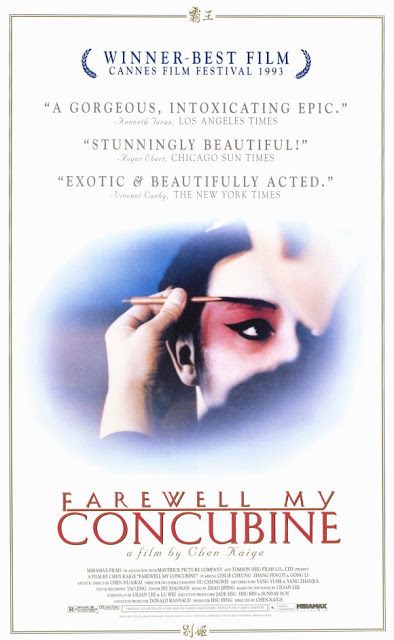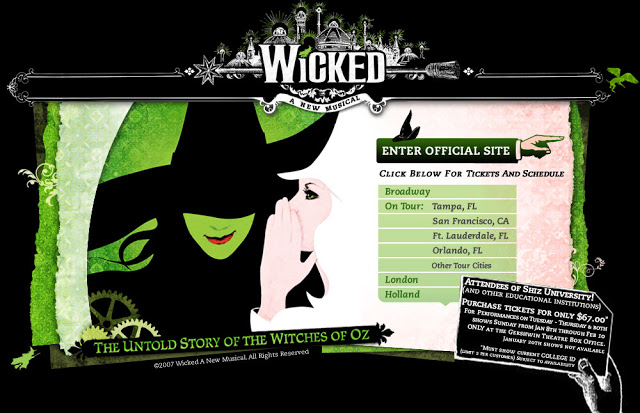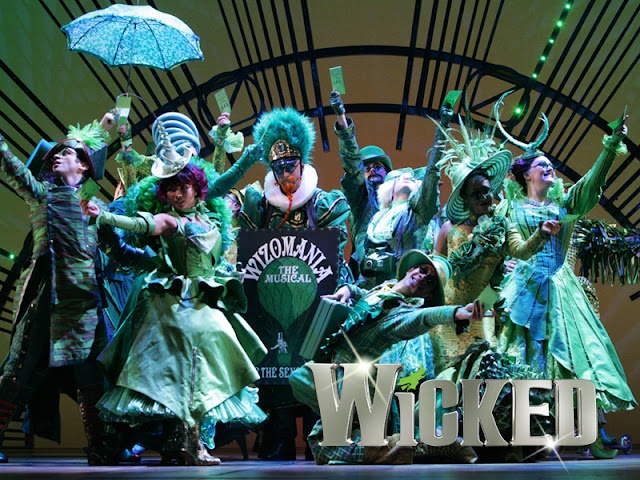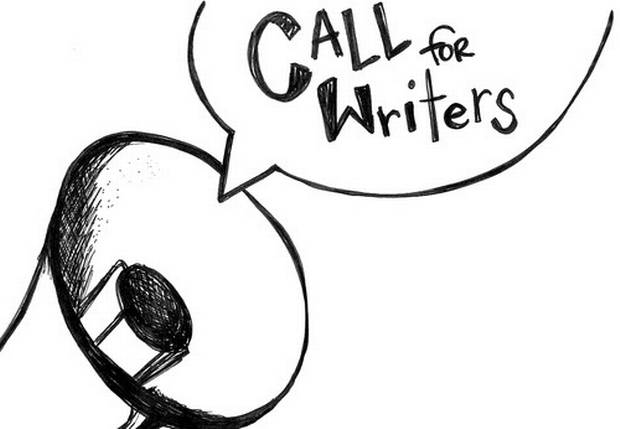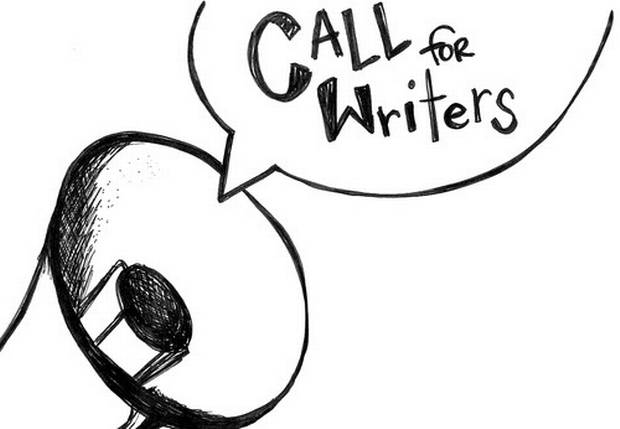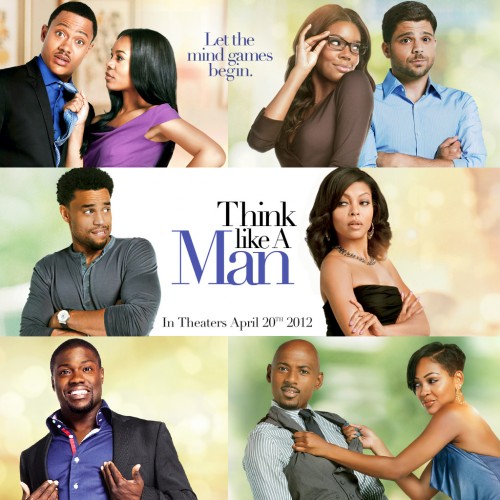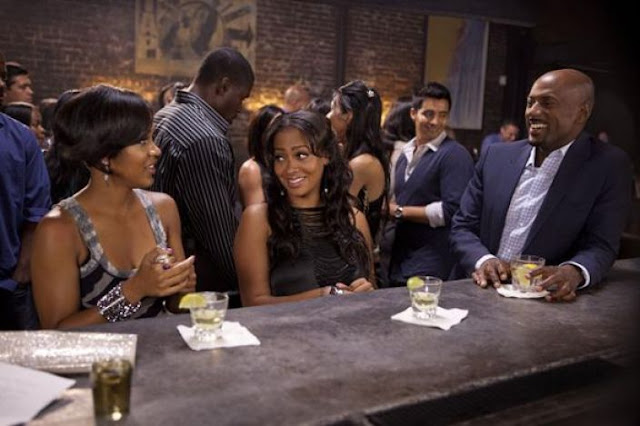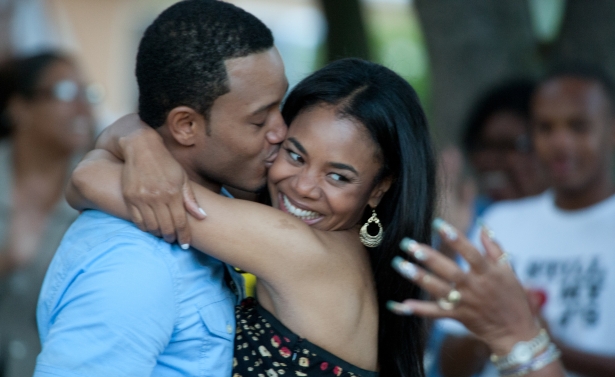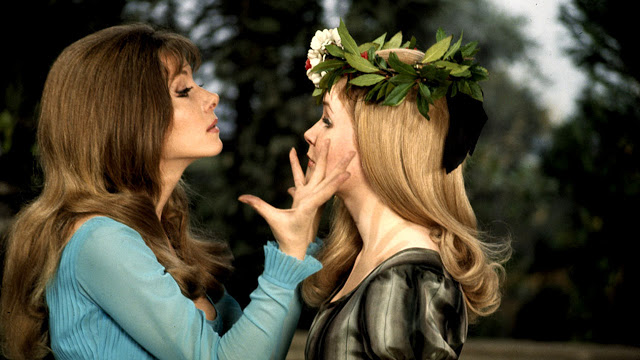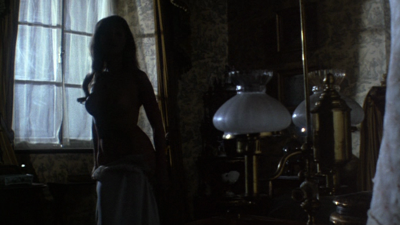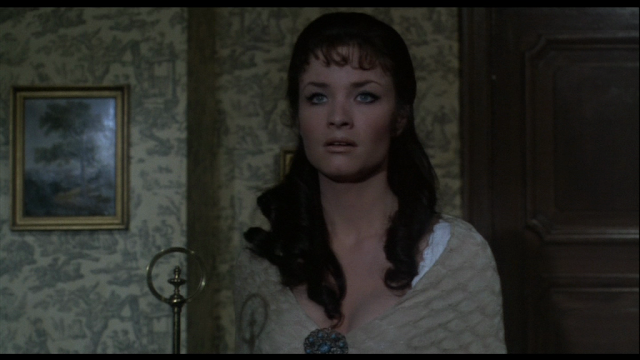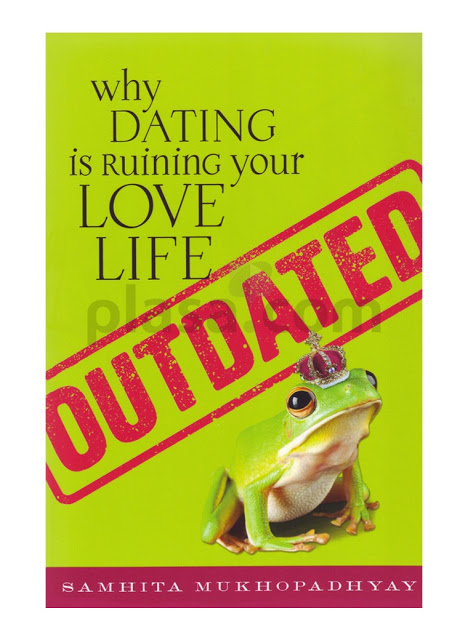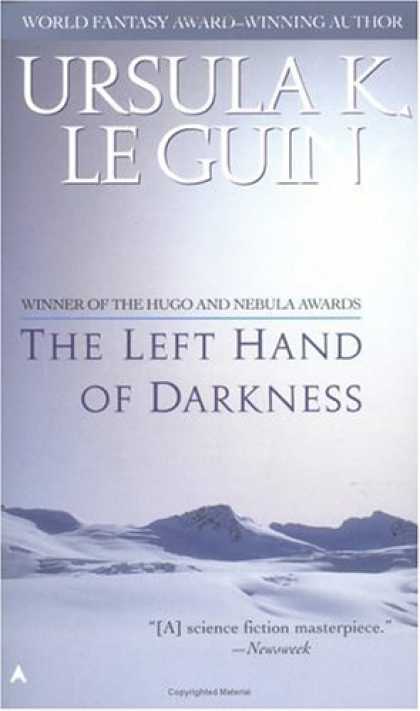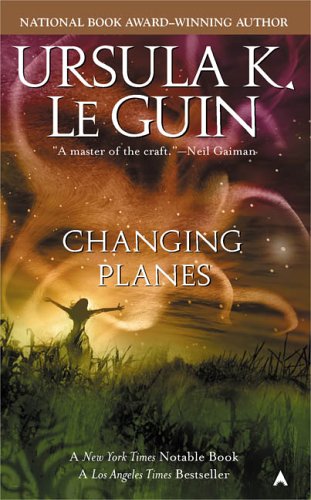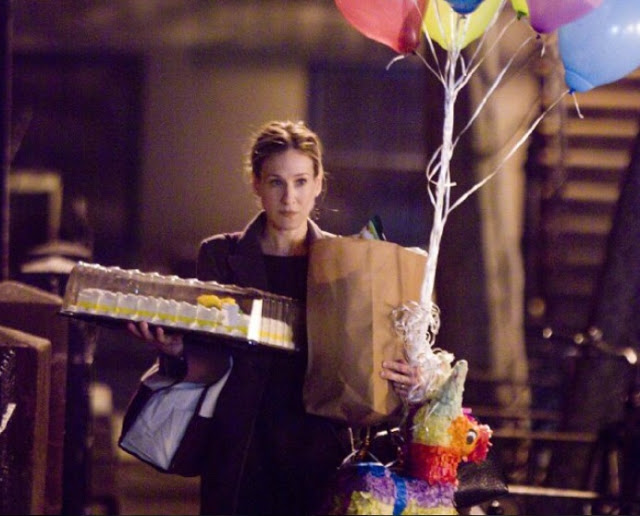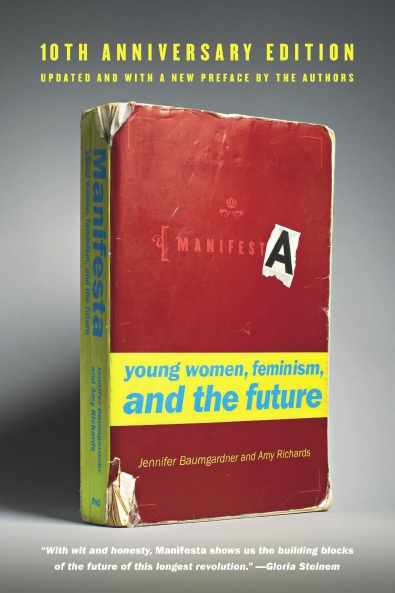Danish author Hans Christian Andersen is one of those writers whose stories—like those by the Brothers Grimm and Scheherazade (the Persian Queen who spun the stories that make up A Thousand and One Arabian Nights)—are so much a part of our culture that you undoubtedly heard them, and watched film adaptations of them, as a child.
Andersen had an unfortunate habit of falling in love with unobtainable women and later unobtainable men. The theme of lost love, and of the thing we love the most coming to destroy us is repeated throughout his fiction, much of which features a woman or female character in a lead role.
This essay will look at some adaptations of his most famous stories, and examine the role of the female protagonist in them.
 |
| Moira Shearer as Vicky in The Red Shoes |
The Red Shoes (1948)
The film of the The Red Shoes differs slightly from HCA’s original tale. Rather than using it as a template for the whole film, the story is used as the basis for a fifteen-minute ballet that is performed in the movie. The composing and performing of the ballet is a crucial plot point within the movie.
The film revolves around Vicky (Moira Shearer), a prima ballerina, whose love for dance destroys her, the same way that the girl in HCA’s original story is destroyed by her beloved red shoes which eventually force her to dance herself to death.
The female protagonist Vicky is presented on-screen as flame-haired and beautiful. Less sympathetic though is the character’s passion for dance, and for The Red Shoes ballet in particular. Her obsession with it is such that she leaves her husband so that she can dance it once more, only to realise she’s made a mistake. She follows him to the train station and ends up being injured by an on-coming train, while wearing the red shoes she used to perform in.
Though the girl in HCA’s story is vain and wished for shoes that would let her dance forever, you’re aware that she’s also desperate to get out of the situation. In the film, it is Vicky who is possessed. She’s so obsessed with her career, and in particular the ballet that made her famous, that she cannot pass up a chance to dance it. Even when running after her husband, she does not remove her performance shoes.
It’s basically another film where a woman who’s career-focused is depicted as mentally ill because of it, and duly punished. No wonder it’s one of Courtney Love’s favourite films.
 |
| Bridget Fonda’s Snow Queen makes her romantic rivalry with Gerda clear |
The Snow Queen (2002)
There have been many adaptations of The Snow Queen over the years (she’s a consistently scary bitch) but I’m talking about the 2002 made-for-TV adaptation starring Bridget Fonda as the eponymous villain of the piece. (It falls on me here, for no reason other than the fact that I’m immature and enjoy this kind of thing that “Bridget” rhymes with “frigid,” and to be frigid is to be icy and so on. Anyway…)
The most striking difference between HCA’s story and the film is that when it was made for TV the producers opted to make the story’s heroine, Gerda, into a love rival for the queen. In the fairy tale, Gerda and Kai—the boy the queen wants to own/seduce depending on the version—are best friends rather than girlfriend and boyfriend.
In the film, they are romantically involved, and so a story about friendship and sacrifice becomes one about a love triangle in which two women fight over a man. So far, so typical a Hollywood adaptation. But bearing in mind that HCA’s original story was about two children, and the sacrifices one was willing to make to save the other’s soul, isn’t that a bit sad?
It’s not just that two women can’t see each other as anything other than rivals for a man (even when one of them is a supernatural being with the power to control winter). By making the story “more accessible to modern audiences,” which producers love to do by reducing women to the sum of our ancestors’ parts (because once-upon-a-time we would have had to fight each other in order to make the best marriage we possibly could) they’ve actually made it a lot more boring. Sigh.
 |
| Disney’s Little Mermaid Ariel gets her fairytale ending |
Splash (1984) and The Little Mermaid (1989) based on The Little Mermaid
The fact of the matter is that, if you’re looking for an accurate rendering of The Little Mermaid on-screen, you probably won’t find one. The animated Disney version of the story, complete with singing lobsters and a best friend called “Flounder the fish,” sticks closely to the majority of the story but leaves out the fairy tale’s violence, pain and death in favour of a good inter-species marriage at the end.
It’s hard to overstate how violent HCA’s original story is. The mermaid’s tongue is cut out, she dances for the human prince despite being in excruciating pain, having never quite gotten her landlegs, and—after she realizes he will never love her—she has to decide whether or not to shed his blood using a massive knife. It’s no wonder that the man who received this story in the form of a love letter from HCA turned down his affections.
Directed by Ron Howard, Splash is one of the more enjoyable romantic comedies of the eighties, possibly because of the fairy tale elements it contains. Like the little mermaid of the fairy tale, Daryl Hannah’s gorgeous mermaid Madison first catches sight of her prince as a child.
Years later, when she washes up on the shores of Manhattan, the two are re-united and romantic and comedic chaos ensues until he decides he loves her so much that he will follow her to the sea, from where he can never return (although he will live for 300 years which might be some compensation).
Although Splash is very loosely based on HCA’s story The Little Mermaid, the decision of the male protagonist to follow his love into the sea is a direct contradiction of it. For one thing, in HCA’s story the mermaid does not get her man. He marries a more suitable human instead, and the mermaid perishes before becoming a spirit (it’s a bit complicated but very spiritual).
 |
| Daryl Hannah as Madison in Splash |
I rather like this ending to a film because despite not sticking to the original story, it offers viewers a chance to see something that is still relatively unusual on-screen: a successful male character giving up his life for the woman (mermaid) he loves. He sacrifices everything for her, with no real guarantee that he’ll be happy, and absolutely no way back. In that way, the male lead (Tom Hanks) is more like the little mermaid of HCA’s original story, who gave up her life below the sea for the human she loved, than Daryl Hannah’s character.
Both Splash and Disney’s The Little Mermaid stick to HCA’s premise that once a mermaid is on shore, she will be rendered mute. Feminists have had a field day with this part of the story but bearing in mind HCA’s sexuality, it’s also possible to read their silence as a manifestation of his desperation to be loved.
Rather than forcing his female characters into silence as a nod to the social roles enforced by the patriarchy of the era, might this be HCA’s way of telling his love that he will silence himself for them?
Conclusion
The adaptation of works from previous centuries is, if sometimes undesirable, inevitable. The fairy tales of Hans Christian Andersen, though still accessible to readers today, often shock with the violence and victimization that occurs to his lead characters, many of whom are, yes, female.
What strikes the modern reader, especially in light of what we know about HCA’s sexuality and relationships, is that many of these characters, though written as female are likely to be the writer consciously or unconsciously expressing parts of himself.
It’s curious then to see a character such as the Little Mermaid, who in literature sacrificed everything for the man she loved, pursued by a man who willingly sacrifices everything for her in one film version of the story, and happily married in another.
The film versions of The Red Shoes and The Snow Queen offer up more interesting re-interpretations of HCA and his characters’ psyches. In The Red Shoes, a character is destroyed by her mental illness and vanity—qualities the homophobic are very quick to attribute to gay men.
In the film version of The Snow Queen, the love of a good woman (Gerda) turns the character of Kai from a jealous, spiteful, mean young man (again qualities that homophobes love to attribute to young gay men) into the caring, loving, definitively heterosexual boy the filmmakers want him to be.
While it’s nothing new to argue that books and fairy tales reinforce the heteronormative, it’s interesting to think that HCA might once have been trying to do something quite different, and to imagine what a queer filmmaker might be able to come up with.
———-




